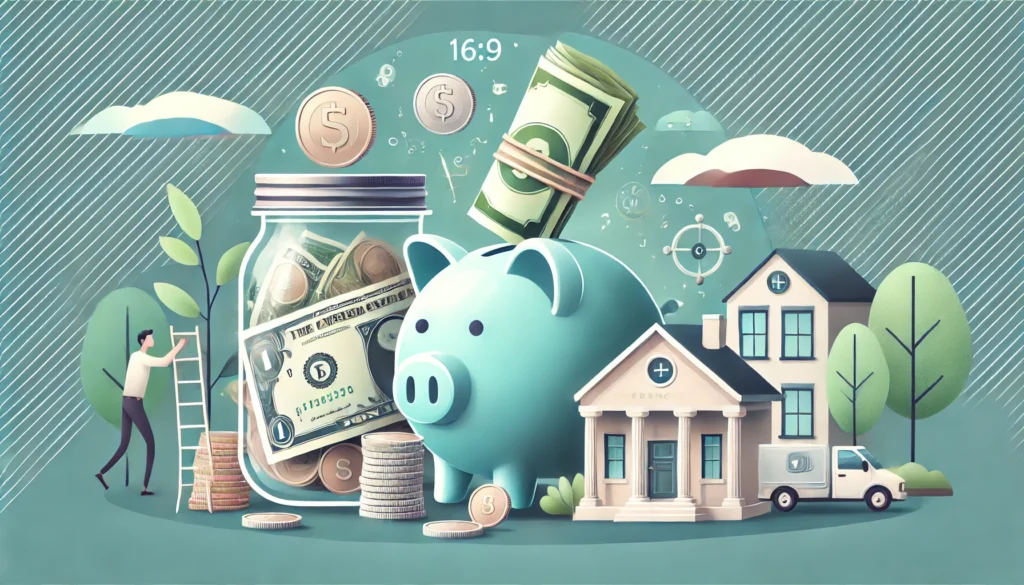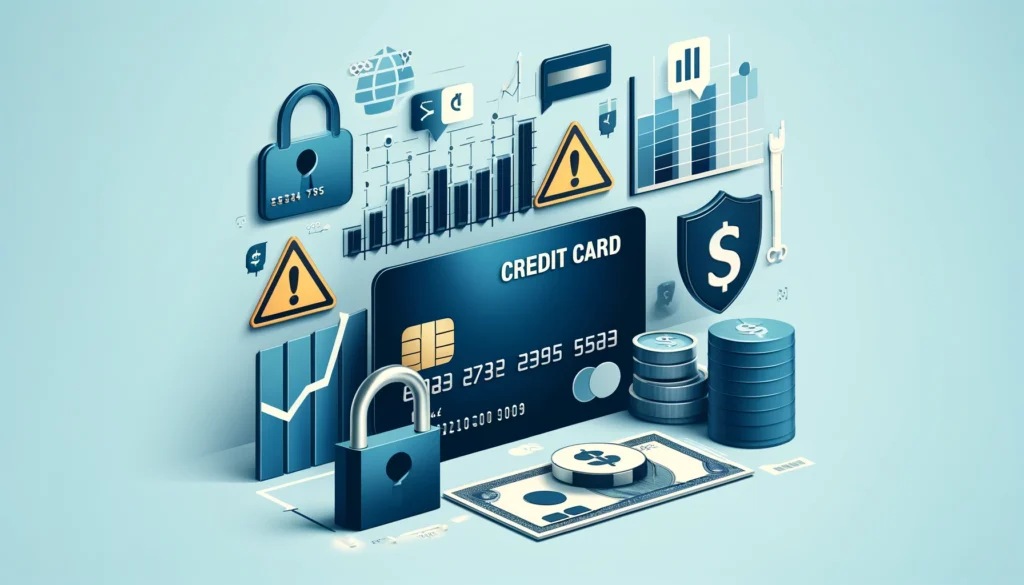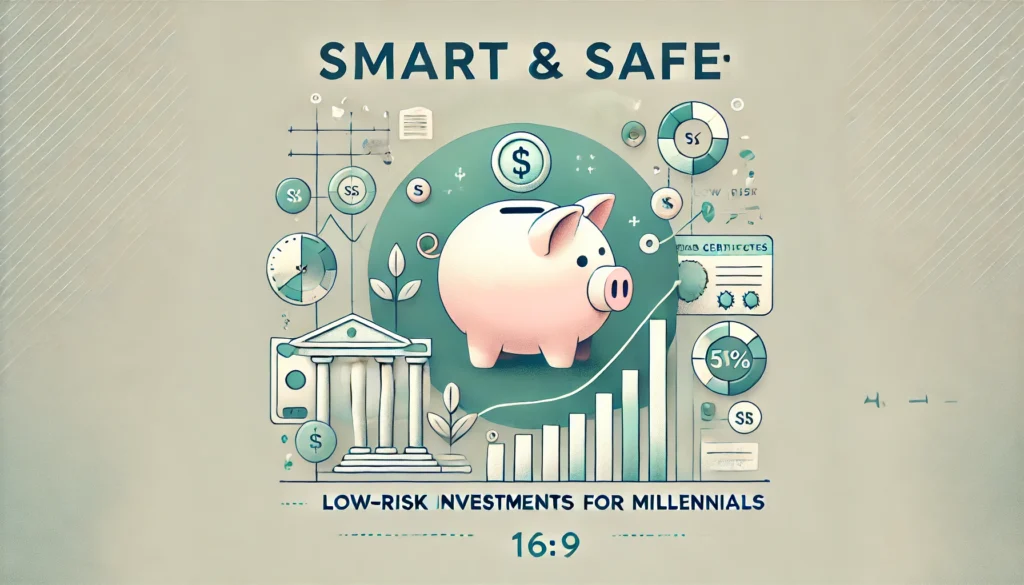Introduction: Why an Emergency Fund is Vital
An emergency fund is a crucial component of sound personal financial management. This fund functions as a safety net, providing financial security during unforeseen circumstances. Emergencies can manifest in various forms, including unexpected medical expenses, car repairs, or even job loss. Without a dedicated reserve of funds, individuals may struggle to cover these expenses, potentially leading to significant financial distress.
The importance of having an emergency fund cannot be overstated. When an unexpected situation arises, such as a sudden medical issue or a job layoff, reliance on credit cards or loans can be tempting. However, accumulating debt in such times can create a daunting financial burden. An emergency fund allows individuals to manage these crises more effectively by providing immediate access to cash, reducing the need to incur high-interest debt.
Furthermore, having an emergency fund instills a sense of peace of mind. Knowing that there is a financial buffer available to address potential emergencies can alleviate anxiety regarding future uncertainties. This fund is not merely a financial tool; it represents a proactive approach to personal finance. It empowers individuals to navigate unforeseen challenges with confidence and resilience.
Additionally, the psychological benefits of maintaining an emergency fund are significant. The peace of mind that comes from being financially prepared is invaluable, as it allows individuals to focus on work, family, and other essential aspects of life without the constant fear of unforeseen expenses derailing their stability. By establishing an emergency fund, one builds a foundation for financial security, paving the way for a more stable and stress-free financial future.
Understanding the Basics: What is an Emergency Fund?
An emergency fund is a designated savings account that serves as a financial safety net in unforeseen circumstances. Unlike regular savings accounts or investment accounts, which are typically earmarked for specific goals such as vacations or retirement, an emergency fund is meant to cover unexpected expenses that may arise due to emergencies. These could include medical expenses, car repairs, job loss, or urgent household repairs. The primary purpose of an emergency fund is to provide financial security and peace of mind, ensuring that individuals have immediate access to funds during tough times without resorting to credit cards or loans.
To effectively establish an emergency fund, certain key features must be considered. Firstly, it is generally recommended to save three to six months’ worth of living expenses in this fund. The specific amount can vary depending on individual circumstances, such as job stability and household responsibilities. An effective emergency fund should be easily accessible, which is why many opt for a high-yield savings account where funds can be quickly withdrawn when necessary. It should not be invested in volatile assets or long-term investments, as those may not provide the quick liquidity required during emergencies.
Common expenses that an emergency fund should ideally cover include medical bills, essential home repairs, vehicle maintenance costs, and even unanticipated job loss. For instance, if a vehicle unexpectedly breaks down, having an emergency fund can prevent individuals from falling into debt to cover the repair costs. Additionally, if a job loss occurs, the fund can provide crucial support while searching for new employment. By understanding the core principles of an emergency fund, individuals can take proactive steps toward securing their financial future and mitigating the uncertainties of life.
Setting Your Financial Goals: How Much Do You Really Need?
Establishing an emergency fund requires careful consideration of individual financial circumstances. The first step in this process is determining how much you truly need to save. An appropriate size for an emergency fund typically hinges on several factors, including job stability, income levels, and monthly living expenses. Assessing these elements is crucial for tailoring your savings goals.
Job stability plays a significant role in the amount you should aim to save. If you have a stable, full-time position, you might feel comfortable with a smaller emergency fund. A good rule of thumb is to save three to six months’ worth of living expenses. However, if your job is more unstable or if you work in a commission-based field, consider increasing your savings to cover six to twelve months of expenses. This financial cushion provides more security during periods of unemployment or reduced income.
Your current income also influences your savings strategy. Higher earners may want to save a proportionately larger amount to ensure that unexpected expenses do not compromise their financial stability. It’s advisable to evaluate your after-tax income and determine how much can realistically be allocated towards an emergency fund without compromising daily expenses. You can create a budget that prioritizes both your necessities and your savings goals.
Additionally, a thorough analysis of your living expenses is essential. Start by calculating fixed costs such as rent or mortgage payments, utilities, groceries, and insurance. Once you have a clear picture of your essential monthly expenses, you can establish a precise target for your emergency fund. Various financial planners recommend saving anywhere from 10% to 20% of your income in this fund until you reach your set goal. By integrating these strategies, you can effectively set achievable financial goals tailored to your unique situation.
Finding Ways to Save: Tips for Funding Your Emergency Fund
Building an emergency fund requires strategic planning and disciplined execution. By adopting various money management techniques, anyone can accumulate the necessary funds to ensure financial security. One of the first steps in this process is to assess and adjust your budget. Start by identifying areas where you can cut back on spending. For instance, consider meal prepping instead of dining out, reducing subscription services, or opting for more economical transportation methods. These small changes can lead to substantial savings over time, allowing you to allocate those funds directly into your emergency savings.
Another effective method for funding your emergency fund is by engaging in side hustles. With the gig economy flourishing, individuals can take advantage of platforms that offer flexible work opportunities. Whether it is driving for a ride-sharing service, freelancing in your area of expertise, or selling handmade crafts online, side jobs can provide additional income specifically earmarked for your emergency fund. Setting a target amount or percentage of this extra income to save can help you remain focused on your financial goals.
Moreover, automating your savings is an excellent strategy to ensure consistent contributions to your emergency fund. Many banks offer tools that allow you to set up automatic transfers from your checking account to your savings account. By scheduling these transfers right after income deposits, you create a “pay yourself first” mentality, which helps prioritize savings. Even setting aside small, manageable amounts can accumulate to significant savings over time.
Incorporating these strategies into your financial routine not only fosters a sense of capability but also cultivates motivation. With determination and effective planning, building your emergency fund can transform from a daunting task into a manageable goal, paving the way for greater financial resilience and peace of mind.
Choosing the Right Account: Where to Keep Your Emergency Fund
Establishing an emergency fund is crucial for financial stability, but selecting the right type of account to hold these savings is equally important. Several options are available, each with unique features that cater to specific financial needs. Understanding the benefits and limitations of each account type can help you make an informed decision for your emergency fund.
High-yield savings accounts are often the preferred choice for many individuals looking to grow their emergency funds. These accounts typically offer higher interest rates compared to traditional savings accounts, allowing your money to earn more over time. Additionally, high-yield savings accounts are usually easy to access, enabling quick withdrawals in case of an emergency. However, it is essential to compare different banks to find the most competitive interest rates and minimal fees.
Money market accounts also provide a viable option for emergency savings. They usually combine features of both checking and savings accounts, offering higher interest rates while allowing a limited number of transactions. This accessibility makes money market accounts appealing, but they may require a higher minimum balance to avoid fees. Thus, while these accounts often yield decent interest returns, it is vital to consider your ability to maintain the required balance.
Certificates of Deposit (CDs) present another option for those willing to lock away their funds for a specified term. CDs typically offer higher interest rates than standard savings accounts and money market accounts. However, the withdrawal of funds before maturity often incurs penalties, which can be a disadvantage if quick access to funds is necessary during a financial crisis. As such, it is important to evaluate how soon you might need access to your emergency savings before choosing this route.
Ultimately, the choice of account for your emergency fund should reflect your personal financial situation, as each type presents its own set of advantages and limitations. Careful consideration will help ensure that your emergency savings remain secure and accessible when needed.
Building the Habit: Creating a Savings Routine
Establishing a consistent savings routine is vital for building an emergency fund. The first step in this process is to decide on an amount to save, which should be both manageable and realistic based on your income and expenses. Many financial experts recommend aiming for a minimum of 20% of your discretionary income each month. By systematically setting this aside, you create a buffer that can provide financial security during unforeseen circumstances.
To make saving a regular habit, consider setting up a monthly savings schedule. Automating your savings is one of the most effective approaches. This means having your bank transfer a designated amount from your checking account to your savings account automatically every month. By doing this, you remove the temptation to spend the money intended for your emergency fund. Choosing a day that aligns with your pay schedule may further enhance your ability to stick to this routine.
Utilizing financial literacy apps can serve as a powerful tool in your savings journey. Many apps offer features such as setting savings goals, tracking progress, and accessing unexpected spending alerts. These notifications help you remain accountable for your financial commitments, reinforcing the importance of sticking to a routine. Additionally, setting reminders for yourself can nudge you toward regular contributions, especially during months when unexpected expenses arise.
Adopting a mindset that prioritizes financial health and security is crucial. View your emergency fund as a vital component of your overall financial wellbeing, instead of just another chore. This shift in perspective can inspire a long-term commitment to your savings goals. By consistently saving, you not only build your emergency fund from scratch but also cultivate a sense of empowerment and control over your finances.
Dealing with Setbacks: What to Do When Real Life Happens
Building an emergency fund from scratch is a commendable goal, yet it’s important to recognize that obstacles can arise along the way. Life is inherently unpredictable; unexpected expenses such as medical bills, car repairs, or job fluctuations can derail even the most meticulously planned savings strategy. Understanding how to navigate these challenges is essential for maintaining financial security.
When faced with unforeseen expenses, a common initial reaction may be to halt all savings efforts. However, this approach can prolong the journey to financial stability. Instead, it is advisable to adopt a flexible mindset and reassess your current savings goals. For instance, if your monthly contributions to an emergency fund become untenable, consider temporarily reducing the amount. This adjustment allows for continued progress, albeit at a slower pace, rather than abandoning the objective entirely.
Furthermore, it can be beneficial to establish a tiered approach to your emergency fund. This method entails setting distinct savings milestones. For example, aim first for a small amount such as $500, then gradually increase your target to one month of living expenses. This not only makes the process more manageable but provides small wins that can motivate ongoing savings efforts even in the face of setbacks.
Additionally, creating a buffer for unexpected expenses can further safeguard your emergency fund. This could mean reviewing your current budget to identify areas for potential reduction or temporary lifestyle changes. By prioritizing savings wherever possible and regularly reviewing your financial situation, you can effectively adapt to life’s unpredictable nature. Remember, the path to building an emergency fund is a journey that requires ongoing assessment and resilience.
When to Use Your Emergency Fund: Knowing the Right Situations
Establishing an emergency fund is a critical component of financial stability, as it serves as a safety net during unforeseen circumstances. However, knowing when to access these funds is equally essential. To use your emergency fund responsibly, one must distinguish between genuine emergencies and routine or planned expenses. This understanding is crucial in preserving the integrity and purpose of the fund.
A true emergency typically involves unexpected events that have a significant impact on your financial health. Common examples include job loss, medical emergencies, urgent car repairs, or unexpected home damage. Such situations demand immediate attention and financial resources, making them legitimate reasons to tap into your emergency fund. Utilizing your savings in these instances can prevent further debt accumulation or financial strain, thereby bolstering your financial security.
In contrast, planned expenses, such as a vacation, home renovation, or everyday bills, should not draw from your emergency fund. These scenarios can often be forecasted and managed through regular budgeting and savings strategies. Using your emergency savings for non-essential expenses can deplete the fund, diminishing its effectiveness when a genuine crisis occurs. It is crucial to differentiate between what constitutes an emergency and what can be planned for, as this distinction is vital for financial health and preparedness.
Moreover, creating a list or set of guidelines regarding what qualifies as a true emergency can further help in making sound financial decisions. Engaging in discussions with a financial advisor may also provide clarity on this matter. By understanding the appropriate circumstances to use your emergency fund, you can ensure that this crucial financial resource remains intact for when you truly need it the most.
Conclusion: Motivational Takeaways and Taking Action
As we conclude this essential guide on establishing an emergency fund from scratch, it is vital to reflect on the significant points discussed throughout the article. An emergency fund serves as a critical safety net, providing financial security during unexpected circumstances such as job loss, medical emergencies, or unforeseen repairs. By prioritizing the creation of this fund, individuals empower themselves to face life’s uncertainties with greater confidence.
The journey to financial stability begins with understanding the necessity of an emergency fund. Automating savings, starting small, and setting realistic goals are effective strategies that can transform the daunting task of saving into a manageable endeavor. Even as we navigate daily expenses, the consistent addition of small amounts to our emergency fund can lead to substantial growth over time. The journey may seem arduous, but with determination and discipline, anyone can cultivate a robust financial cushion.
Moreover, budgeting plays an instrumental role in successfully setting aside money for your emergency fund. By scrutinizing expenses and recognizing areas where spending can be reduced, the additional funds can be redirected toward savings. Over time, these habits foster a sense of financial empowerment, equipping individuals with skills that will benefit all areas of their financial lives. With every contribution to your emergency fund, you fortify your resilience against future financial disruptions.
Now that you are equipped with knowledge and motivation, it is time to take action. Start setting aside a portion of your income today and begin your journey toward financial security. It may be helpful to explore related blog content for deeper insights and strategies on personal finance. Remember, every small step you take toward building your emergency fund is a step towards financial stability and peace of mind.



